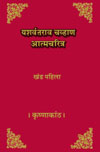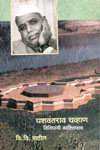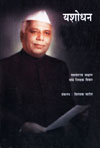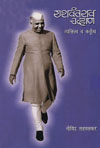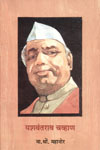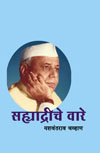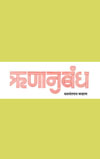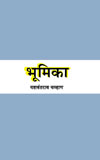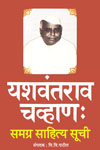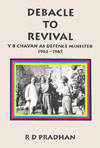Conclusions :
"Y. B. Chavan - A Critical Study" is in many ways, a matter of limits. I have dealt with and tried to discuss his social aspects that were underlying his political career. He created harmonious social life in Maharashtra. His sympathy and work for the elevation of depressed classes was not motivated by power politics. Dr. Ambedkar was his subject of thinking and he had a desire to write on the life of Dr. Ambedkar.
Followers of Mahatma Phule and Shahu had to fight strongly against selfish priesthood and they used bitter languages as they had to teach illiterate masses. Non-Brahmin movement carried propoganda which taught non-Brahmin to vote only to Non-Brahmin candidates. This propoganda was useful to Chavan directly or indirectly to come into power along with his congress friends. His friends in parallel Government just like Nana Patil and some others were previously in Satyashodhak movement. If there had no Satyashodhak non-Brahmin movement, there would have been total darkness. This movement ploughed the social fields in Satara District and also elsewhere. Yashwantrao did not like the tone of the movement and he was away from Satyashodhak movement still he writes that he could not avoid the influence that they exercised on him.
Satara district political conference was held at Masoor a village in Karad taluka in 1931. Chavan and his friends called Shri. Madhavrad Bagal the leader of Praja Parishad, Kolhapur. Madhavrao Bagal attended the conference and he suggested important economic changes (i) the rate of interest should not be more than nine percent, (ii) Tenants should be made permanent, (iii) The amount of interest should not be above the actual debt given to the peasants by the private money lenders. The eminent congress leader Shri. Chavan was also one of them (Krishna Kaath P. Nos. 102, 105). Bagal was Satyashodhak and therefore upper class leaders of congress thought that his resolutions were against Brahmins. But Chavan and his friends who had come from rural strata of the country reconsidered Bagal's suggestions and Chavan and his progressive friends succeeded in getting the suggestions passed in the next day session. Chavan writes that he remembered his brother's advise and also the contents he read in the biography of Mahatma Phule.

